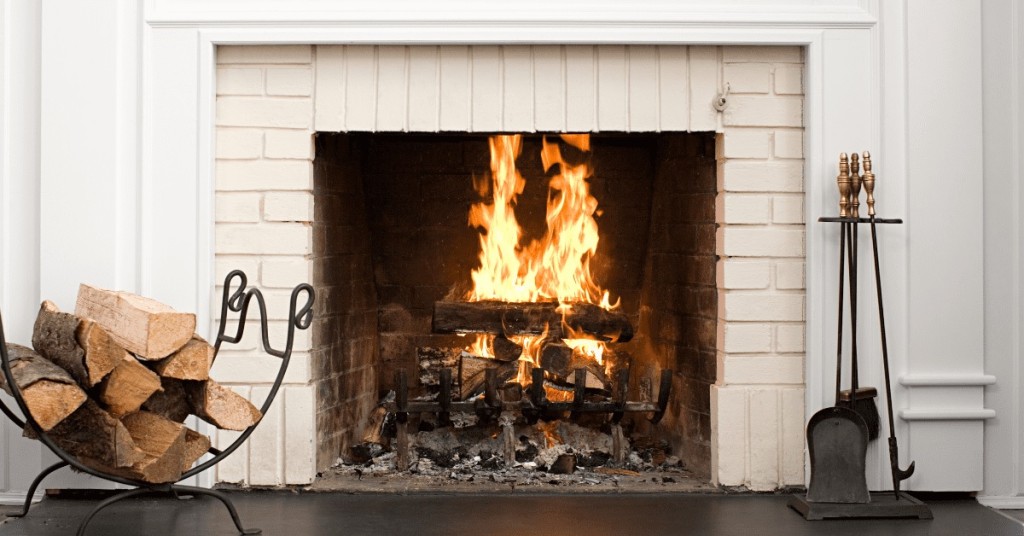

Fireplace parging is the process of using a thin layer of mortar to seal and protect the interior of a fireplace. This process also adds a finished look to the fireplace and can be used to cover up any cracks, gaps, or unevenness in the brickwork. Parging can be done by a professional or by an experienced do-it-yourselfer at home as long as the correct safety measures and precautions are taken. The following sections, which are very important to know about parging will cover what you need to know about parking, including the benefits and process of parging.
What is Parging?
Parging is a technique of using a mixture of cement, sand, and water to coat the inside of a fireplace with a layer of mortar. This layer of mortar acts as a thermal barrier and protects the bricks from the heat of the fire. It also gives the fireplace a finished look and can be used to fill in any cracks or unevenness in the brickwork. The mortar is usually made up of one part Portland cement, one part lime, and six parts sharp sand.
The Benefits of Parging
One of the main benefits to parging your fireplace is that it helps to protect the bricks from the intense heat of the fire. The mortar acts as a thermal barrier and prevents the bricks from becoming damaged or weakened by the heat. It also gives the fireplace a more finished and professional look. Parging can also help to fill in any cracks or gaps in the brickwork, which can help also prevent drafts and leaks.
Parging requires a certain level of skill and experience to do it right. If the parging is done incorrectly, it can cause further damage to the brickwork or even put the safety of your home at risk.
fireplace parging is a technique used to protect the interior of a fireplace from the heat of the fire and to give it a finished look. However, it is important to note the drawbacks of parging and to make sure that you are taking all necessary safety precautions before attempting it. If done correctly, parging can be a great way to protect and improve the look of your fireplace.